
Second-rate pornography or a mythic tour de force? More interesting than either.
MARIAN ENGEL: ‘BEAR’ AND THE PRIMITIVIST TRADITION
Elizabeth Brady
From Elizabeth Brady, Marian Engel and Her Works (Toronto: ECW Press, 1987) p.10, pp. 13-15, pp. 36-43. Title and intertitles added.
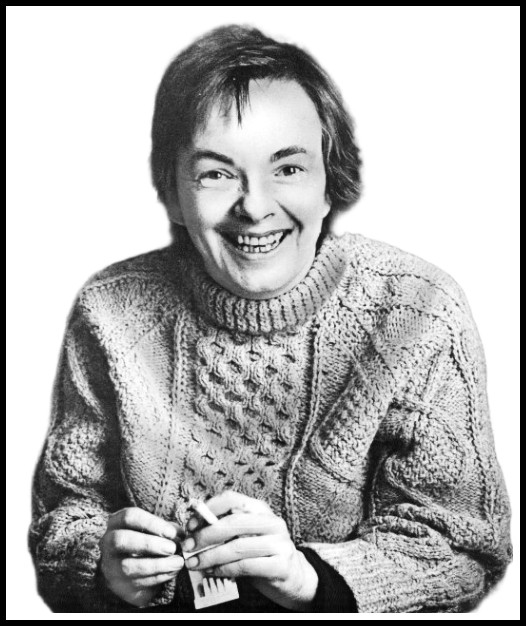
Marian Engel, 1976 | Photo: Reg Innell
I. CRITICAL RECEPTION
The publication of Bear in 1976 resulted in the most sensational attention ever paid a single novel in the history of Canadian publishing. In the course of a few weeks, Marian Engel shot from being a figure of minor interest on the literary scene—‘I stopped being a small press writer’—to a position of considerable notoriety that extended well beyond the usual readership circles. Unfortunately the novel’s ‘pornographic’ content attracted a good deal of extra-literary attention. Both the perpetuation of this original interest and much of the subsequent reaction to it have had a distorting effect upon her reputation. She stands the risk of being known as a prolific ‘one book’ novelist—and one who is too often praised or damned for reasons unrelated to her real achievement.
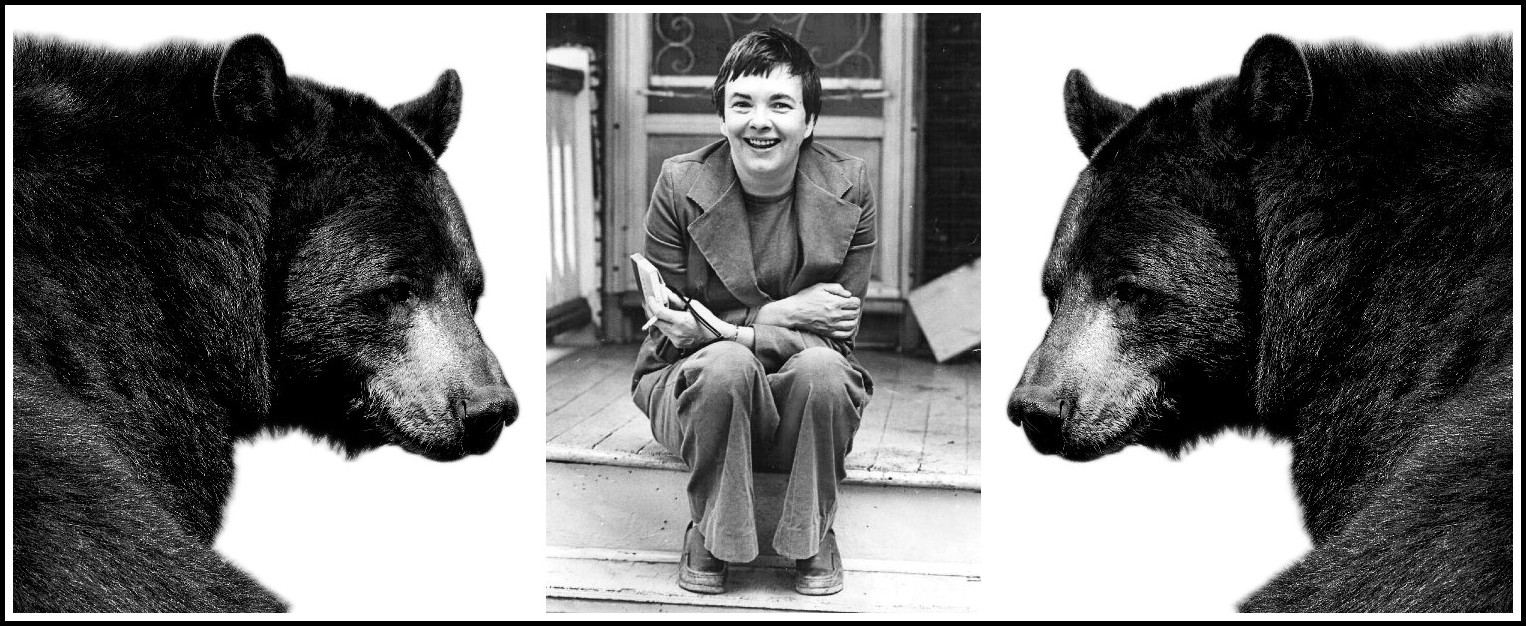
Marian Engel, 1976 | Photo: Reg Innell
The sudden turning point in Marian Engel’s career, then, was occasioned by the publication of Bear. Shortly after its discreet hardcover appearance, word spread like a dirty rumour that it was a titillating, taboo-shattering book—as well as a small masterpiece. Of the more than fifty reviews I have tracked down, those that overwhelmingly praise Bear outnumber its detractors on a three-to-one ratio. Generally speaking, two aspects of the novel were singled out for distinction: the masterful cross-genre blending of realism and myth, and its singularly appropriate, spartan prose style. Adele Wiseman’s illuminating remarks offer the best summation of this line of approach: It is a measure of the great skill with which this story is handled, that while adhering strictly to a simple and compelling story line, and never losing credibility on the naturalistic level, Ms. Engel manages to suggest such a wealth of allusive implication, on so many other levels. All the allusions work together to build an atmosphere of urgency and intensity, an atmosphere she nevertheless refuses to exploit by in any way artificially heightening her prose. Her writing retains its beautifully balanced and compellingly objective tone, though laced throughout with a kind of dry drollery. In the Journal of Canadian Fiction the following year, Bear received its scholarly honorific imprimatur in an essay by Elspeth Cameron exploring its allegorical significance.
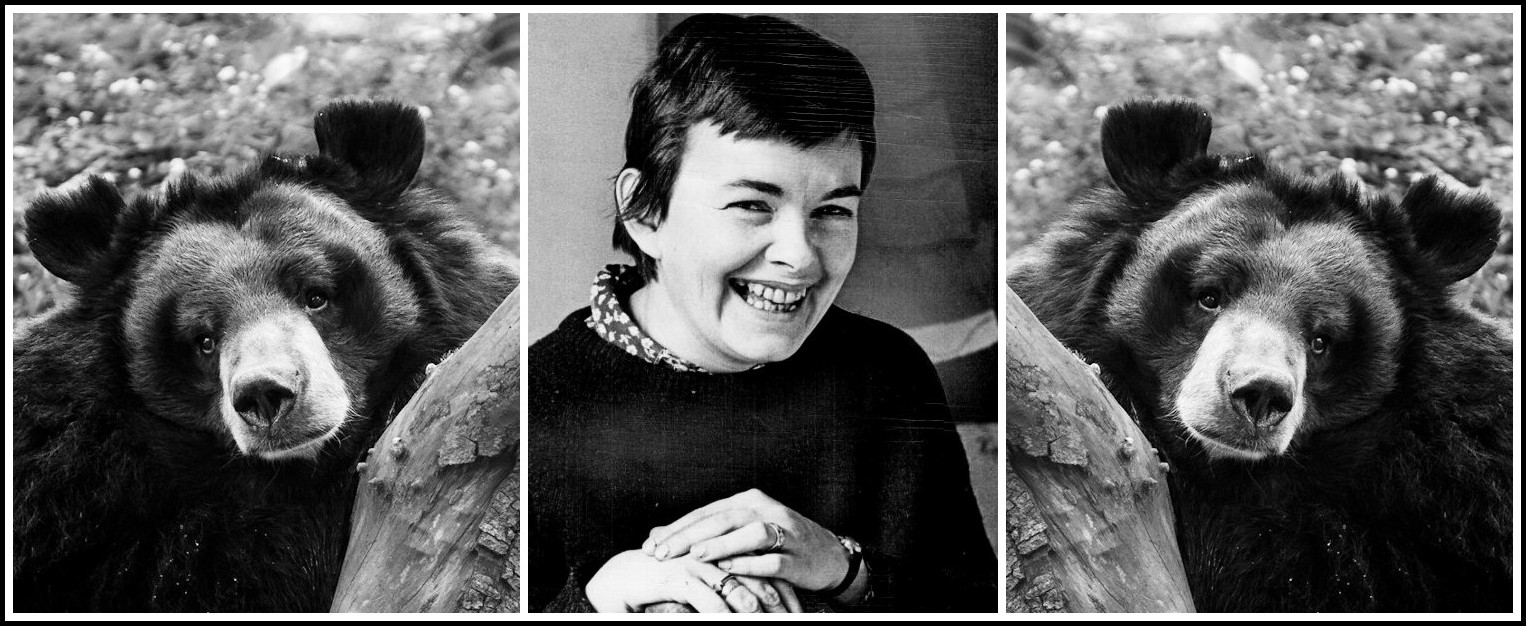
Marian Engel, 1968 | Photo: Bob Olsen
Quite another line of attack was pursued in a handful of far less influential reviews and articles, the focus of which was the offensiveness of the heroine’s ‘obscene’ relationship with the bear. This was a relatively muted objection, verbally couched in such admonitions as it is a solemnly pretentious perversion of one of the oldest Romantic themes—until Scott Symons raised it to a frenetic pitch in his vitriolic essay ‘The Canadian Bestiary: Ongoing Literary Depravity,’ which originally appeared in the West Coast Review, was excerpted in The Canadian Forum, and became the topic for William French’s book column in the national newspaper, The Globe and Mail. Symons located the novel’s ‘obscenity’ in the national, class-bound scheme of things: The essential ‘dirtiness’ of this book is not the sexing with that poor, bedraggled, tame and chained black bear. What is dirty, finally obscene, about Bear, is the author’s pretension. Her pretension, and that correlative furtive (and cowardly) process of attacking and deriding the ‘genteel Canadian tradition’ she so desperately wants to-rip off as, in part, her own. The obscenity in this last being the destruction of what you lusting want. Which is a cultural recipe for suicide. Unlike the positive appraisals of Bear, Symons’ blank refutation does not have the merit of inviting further elucidation and debate. It did give him fifteen-minute celebrity status in the normally polite world of Canadian letters.
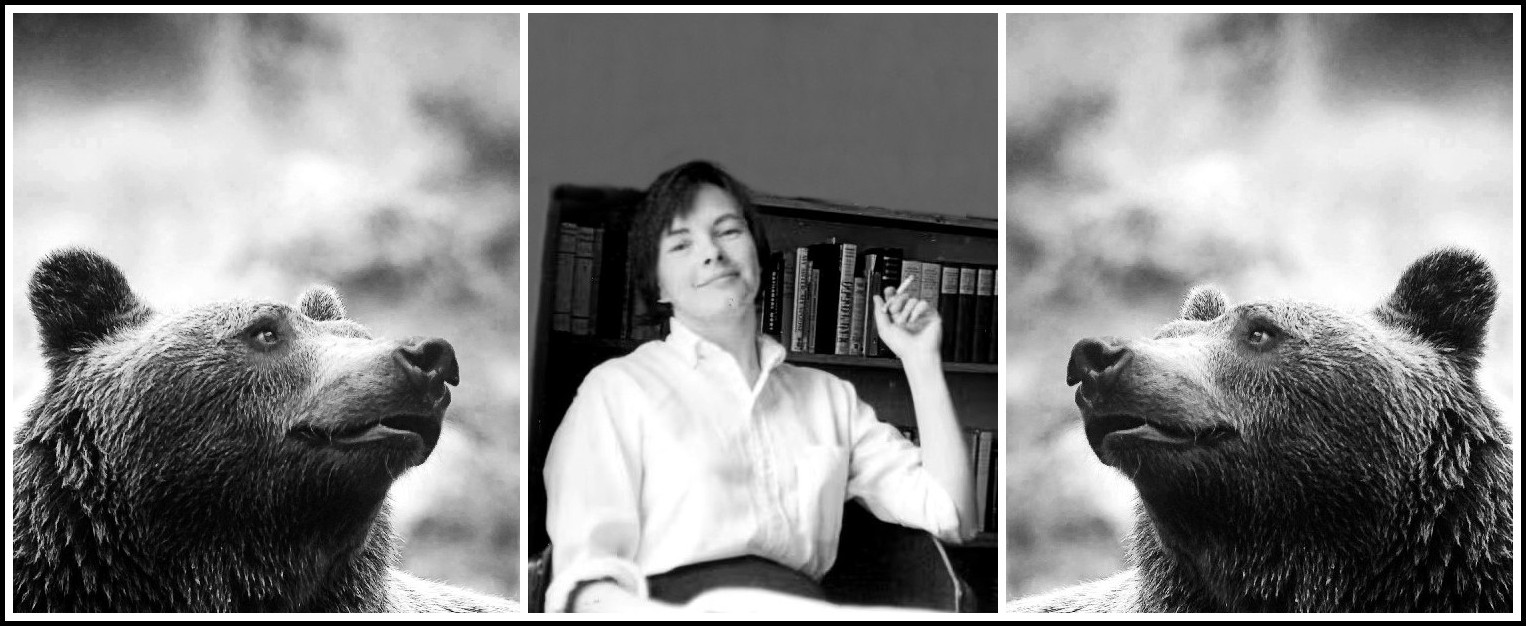
Marian Engel, 1967 | Photo: Estate of Marian Engel
A few years subsequent to the reviews that appeared at the time of its publication, three academic treatments of Bear were published; each is more concerned with explicating theme and symbol—particularly with a view to explaining away any alleged ‘pornographic’ content—than with discussing and evaluating formal elements. In her 1979-80 essay ‘The Bearness of Bear,’ Margaret Gail Osachoff argues that what appears on the surface to be a modern romantic pastoral like Lady Chatterley’s Lover is really an inversion or ironic treatment of such myths, intended to warn against ‘romanticizing nature’. The novel is classified as a romance in Donald Hair’s 1982 article, ‘Marian Engel’s Bear’: We must say that the conventional action of romance—the quest in search of treasure which is guarded by a monster—lies behind the action of this novel. He elaborates the symbolic significance of the octagonal house (‘wholeness’ and ‘regeneration’) and the bear (‘integration of body and mind’), in the process strenuously wringing meaning out of quite a few ordinary objects and actions that are inappropriately put to work in the service of his thesis. Finally, Michelle Gadpaille, in her 1982 ‘A Note on Bear’—a rather pedantic exegetical piece—examines the outbuildings behind the octagonal house and Colonel Cary’s cryptic bear-notes as representative of certain basic romantic dilemmas.
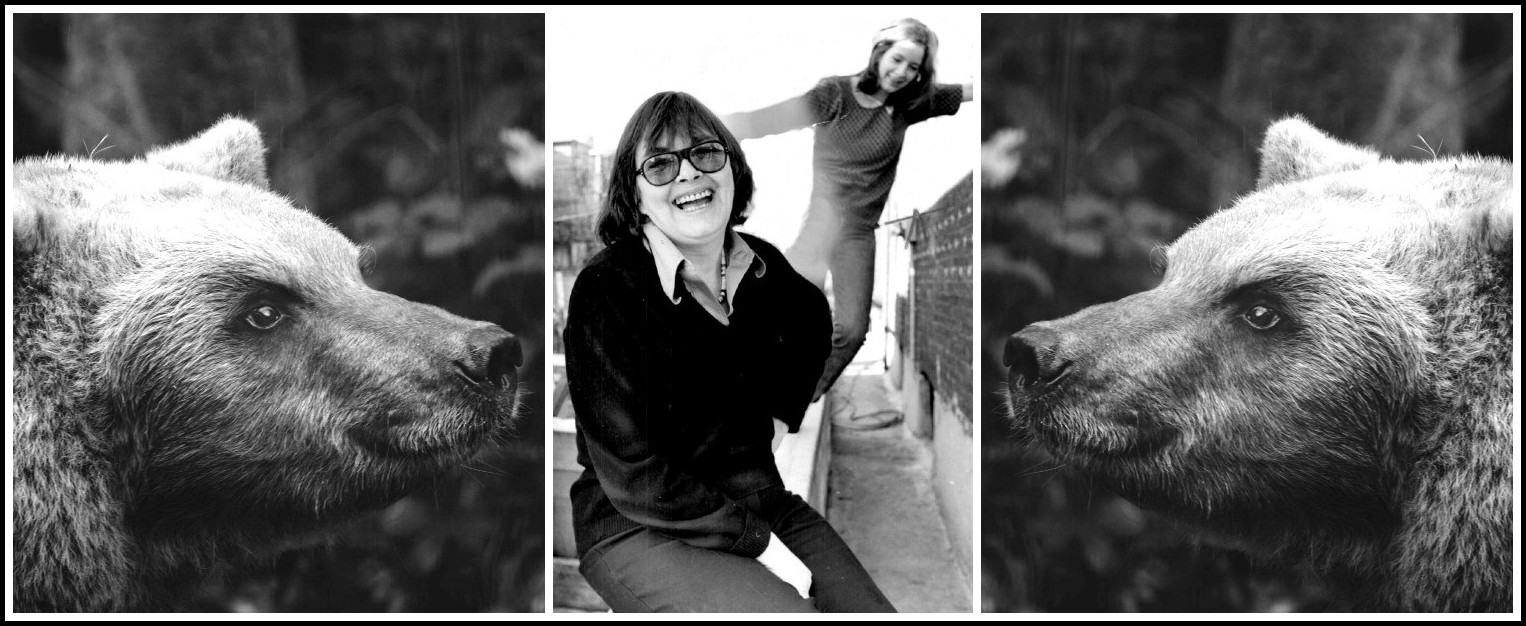
Marian Engel with her daughter Charlotte, 1981 | Photo: Dick Loek
In 1977, Bear won the 1976 Governor General’s Award for English-language fiction [the most prestigious (along with its French-language equivalent) Canadian literary award].
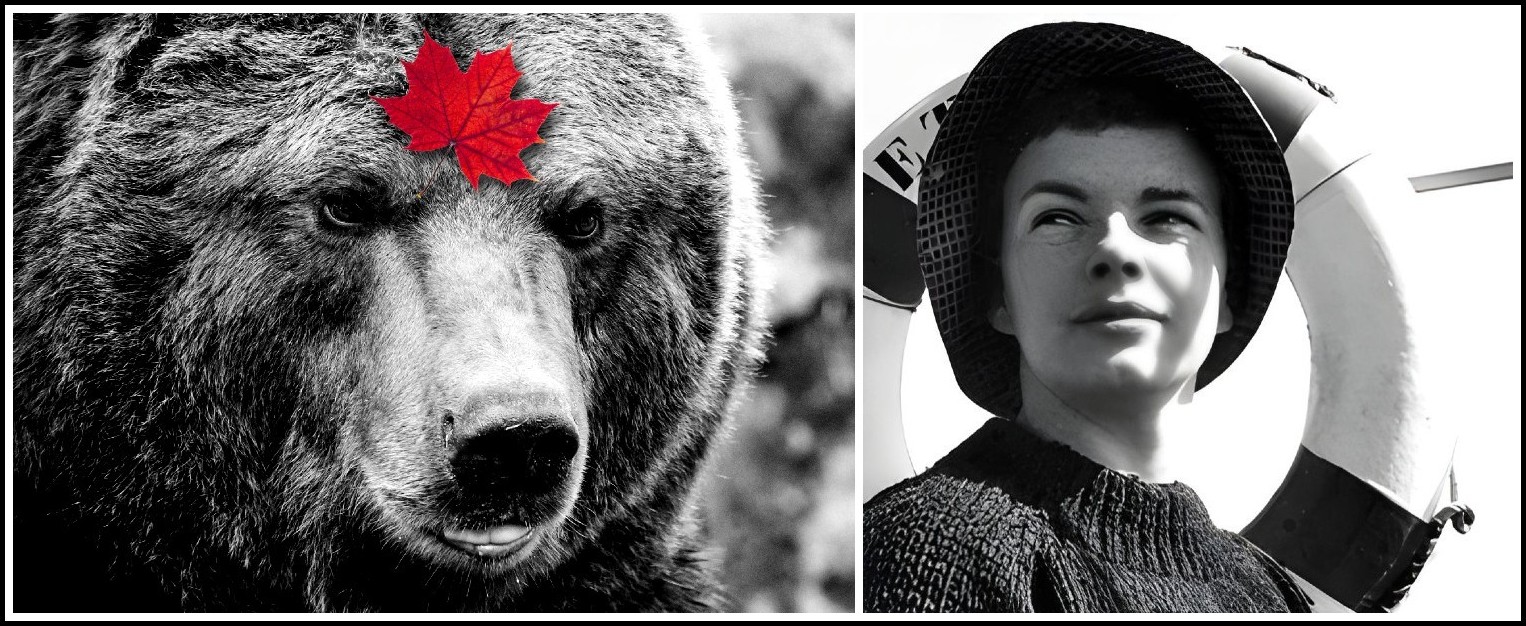
Photo: Philippe Deus, Unsplash | Marian Engel
II. ‘BEAR’ IN THE PRIMITIVIST TRADITION
In Bear, Marian Engel’s talent fulfils itself in an extremely fine novel, arguably her best. Her concentrated focus of vision allows her, for the first time, to get behind the subjective preoccupations of the early novels and to grasp directly the relationship between personal identity and the social order. As a result, Bear develops a far more positive and compelling vision of life than the preceding novels: its heroine seeks a rapprochement with the natural environment and, ultimately, with the realities of social experience in her search for a more clear-sighted engagement with life. Unlike Engel’s earlier heroines, she does not take the easier route of withdrawal into the inner life by resigning herself to determinism or by oversimplifying distinctions between idealism and reality; her individuality is not overwhelmed by her environment—it is defined by her relationship with it.
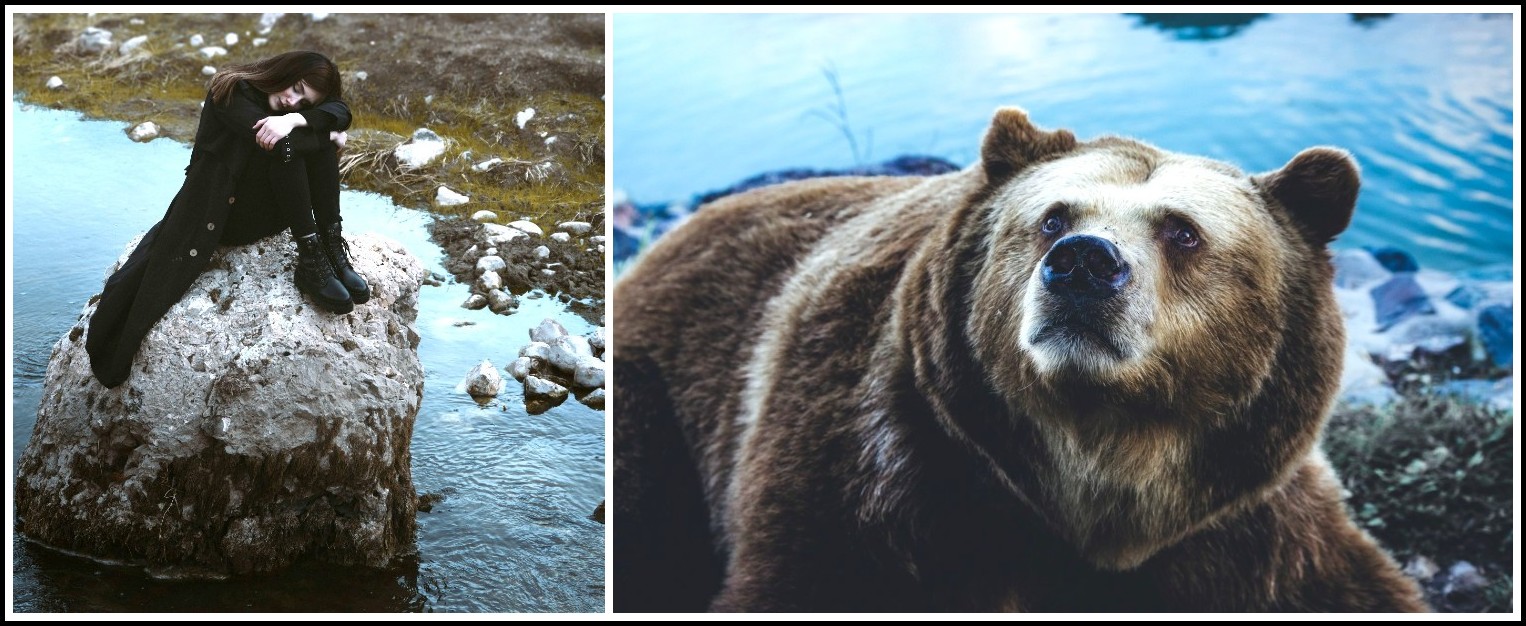
Photo: Ali Karimiboroujeni, Unsplash | Photo: Thomas Bonometti, Unsplash
The critical debate that followed the publication of Bear raged around the question, Is it second-rate pornography or a mythic tour de force? I now suggest a consideration of the interpretive problem that firmly sets Bear in the primitivist tradition of such forms of myth as Moby Dick, Faulkner’s ‘The Bear,’ Conrad’s Heart of Darkness, and Lawrence’s The Plumed Serpent—and that recognizes its unique distinction of having assimilated into its recreation of a primitivist world-view a naturalistically conceived erotic dimension. The element of double vision draws attention to the irony implicit in the critical controversy: by conducting their arguments in dualistic terms (instinctual intellectual; erotic/rational; ‘dirty’/uplifting), the book’s commentators entrench themselves in the very polarities Engel is struggling to reconcile.
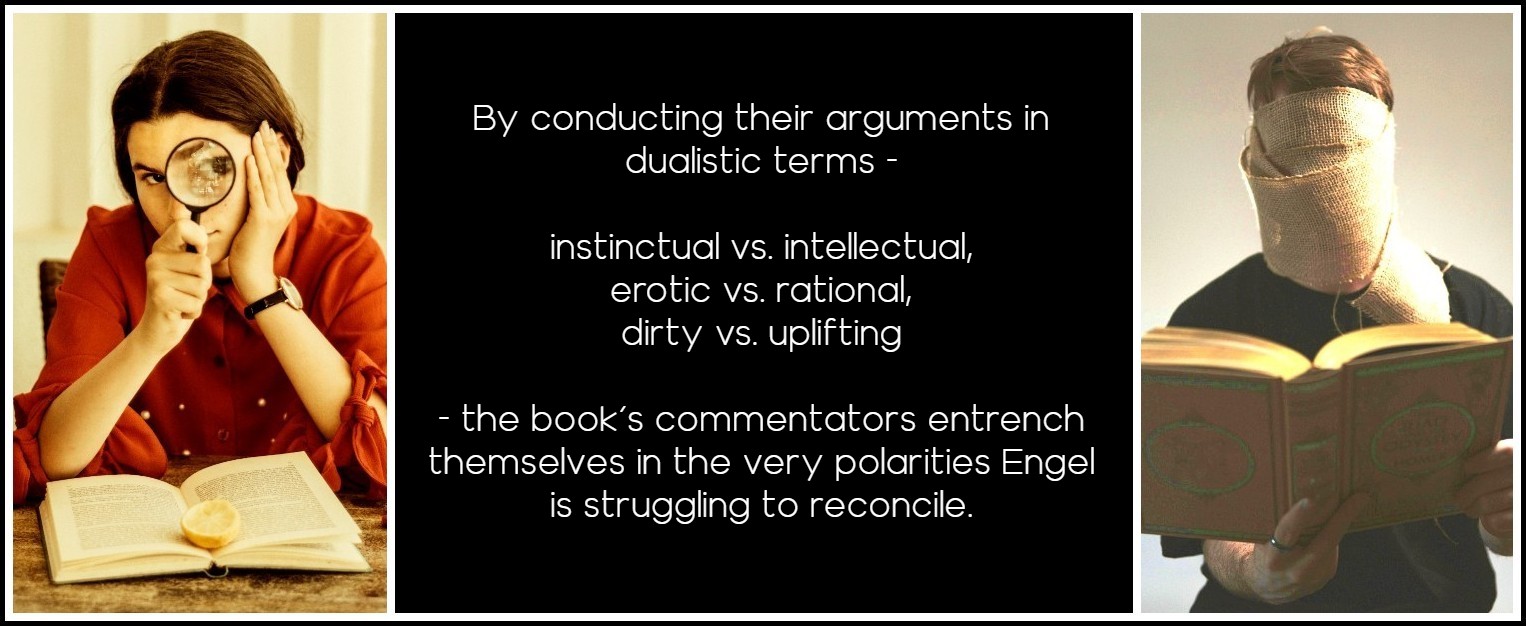
Photo: Houcine Ncib, Unsplash | Photo: Payton Tuttle Unsplash
The interlocking themes of the novel, and the primitivist context within which they are elaborated, are established in the first chapter. Engel’s selection of a quotation from Kenneth Clark’s Landscape into Art as epigraph hints at the importance of her use of light as a symbol for the clarity of compassionate vision: Facts become art through love, which unifies them and lifts them to a higher plane of reality; and in landscape, this all-embracing love is expressed by light. Bear opens with a simile for the dark, subterranean mode of existence that denies Lou’s instinctual self: In the winter, she lived like a mole, buried deep in her office, digging among maps and manuscripts. When spring returned and the sun filtered into even her basement windows, she found that her eyes would no longer focus in the light. This lambent spring light illuminates the flaws in her plodding private world by recalling the sharply contrasting image of the Good Life long ago stamped on her soul.
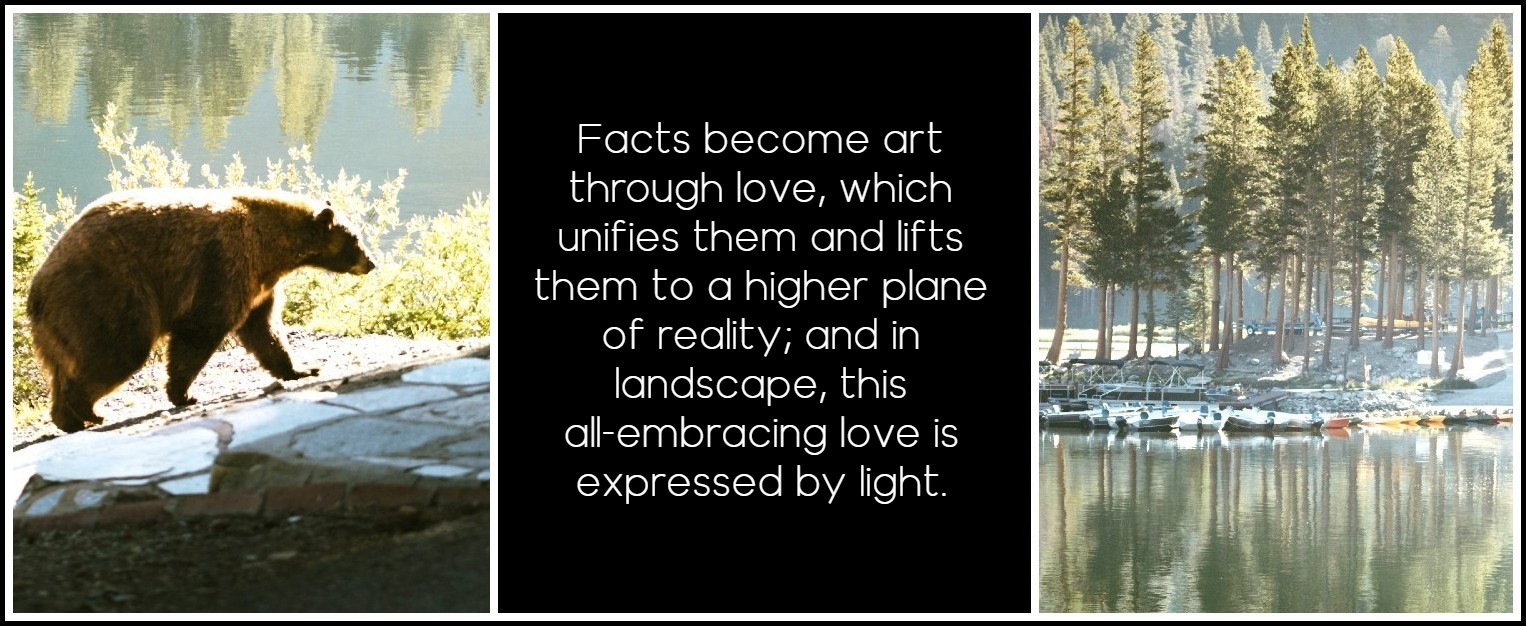
Photos: Peter Thomas, Unsplash
Implicit in this contrast is the suggestion that the missing component of personality is instinctual and unconscious in nature, an unspecified revivifying power immanent in sunlight. The light/dark imagery has a natural correspondence in the phenomena of seasonal change: In this country, we have winter lives and summer lives of completely different quality. These subtly allusive introductory pages establish, through the imagery, the novel’s basic points of reference—the disparity between the protagonist’s ‘instinctual’ and ‘civilized’ selves. The remainder of the chapter links her search for wholeness of identity to an analogous quest for the roots of national identity. Through her bibliographical research on Cary’s island, Lou hopes to uncover the suppressed side of the ‘Canadian tradition,’ thereby qualifying the prevailing academic perception of it as ‘genteel.’ The light imagery describing her scholarly aspiration echoes that of personal identity: she prays that enough would be revealed to develop the dim negative of that region’s history. Her suggestion that the twin search for a pre-rational definition of identity and culture will involve a radical shedding of social preconceptions and conventions hints at the quality of moral subversiveness the novel subsequently enlarges.
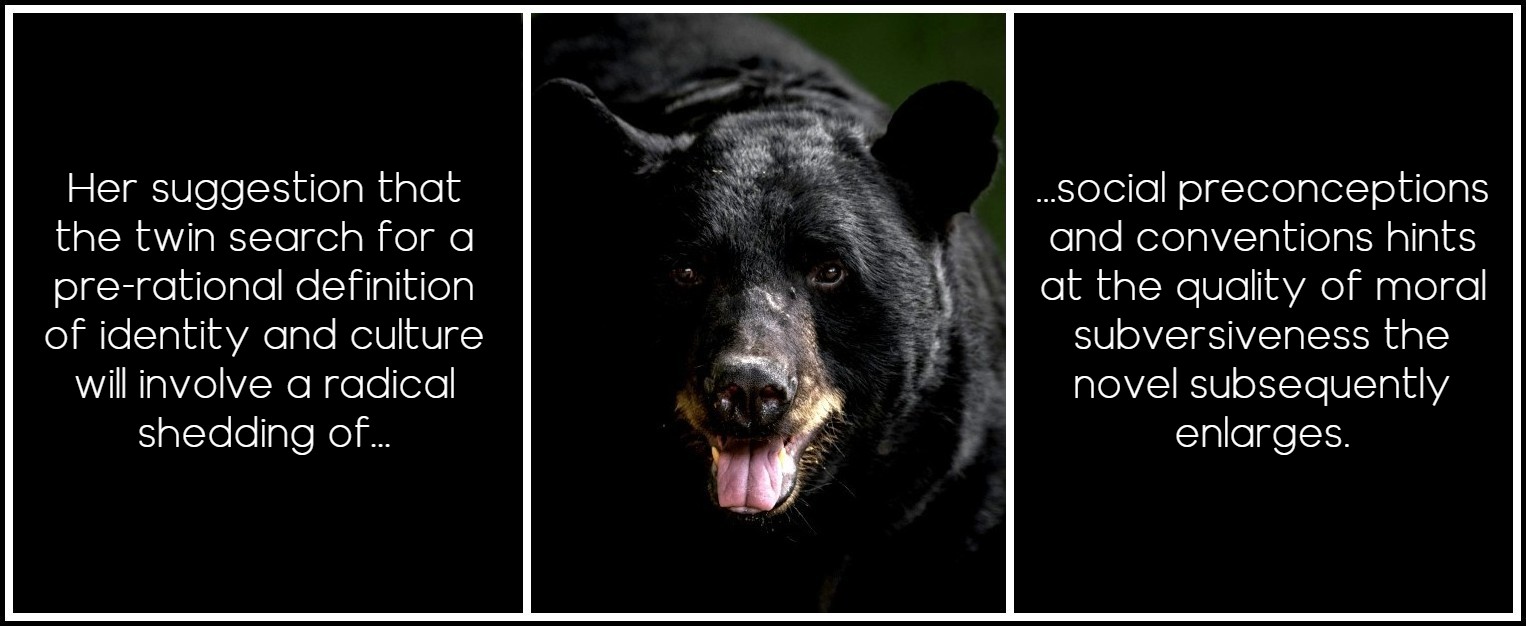
Photo: Getty images for Unsplash
Engel relies primarily on the primitivist motif to articulate her linking themes and to structure their narrative interplay in the remainder of the novel. She uses primitivism in the post-modern, conscious manner: the myth functions as a structural principle by which the concept of rites of passage organizes the narrative and determines her handling of time; as a source of metaphor which places the action in a discrete cultural and anthropological perspective; and as a stylistic resource upon which to draw for such characteristic elements as animism, natural piety, and ritual to enrich the language of her telling. Bear is not in the ‘naive’ primitivist tradition of earlier conventions of the Golden Age, the pastoral, or the Noble Savage. Engel does not urge a regression to earlier human conditions and communities; Lou herself is aware of the unreality of thinking herself into a rugged, pastoral past that it was too late to grasp.
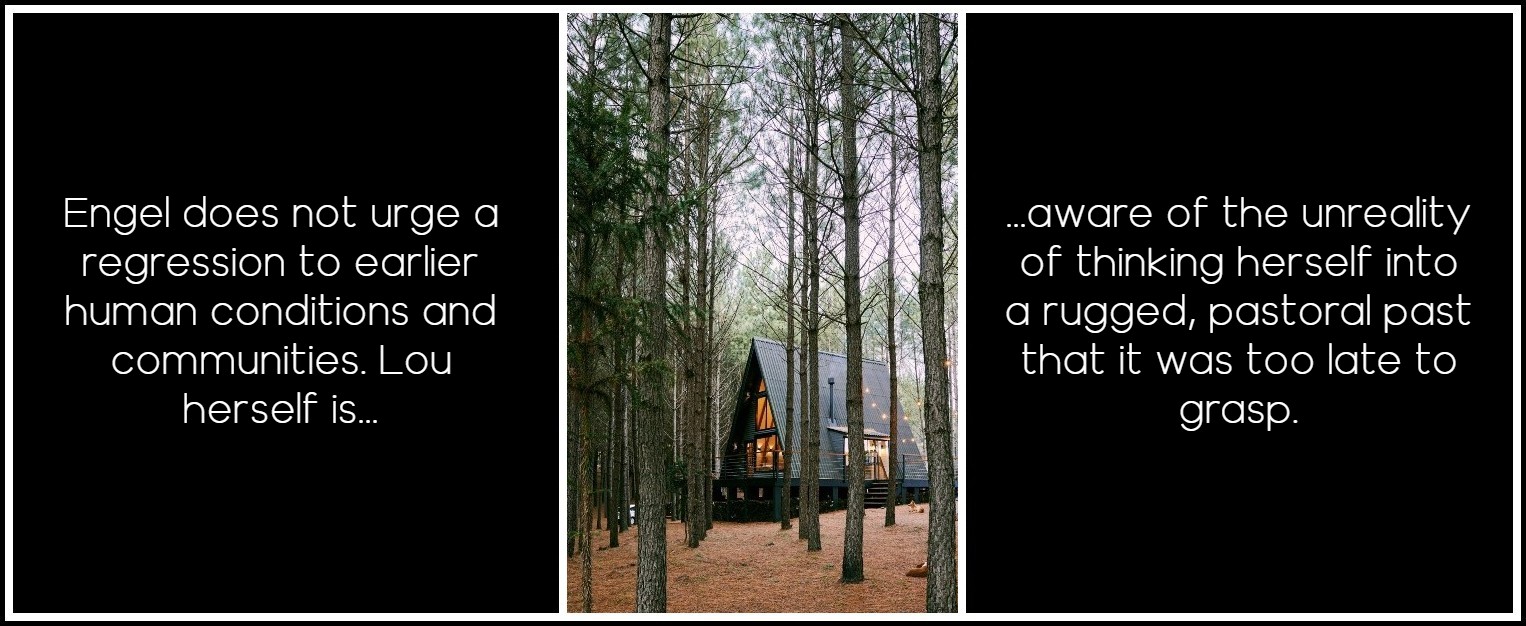
Photo: Natalia Blauth, Unsplash
The ‘naive’ pastoral myth, however, exerted a powerful hold on the European imagination during Colonel John Cary’s day: the New World, to which he is drawn after the Peninsular Wars, represented a natural, pre-civilized world set against the ancient corruptions of the European consciousness. This imagined state of wilderness ‘innocence’ was seen to be embodied in the spiritually whole aboriginal peoples, whose myths—unlike those of ‘civilized’ man—had retained their potency. Engel consciously sets Cary’s primitivist search in the literary context of the Romantic movement. She first relates his ‘big dream’ to its historical precedents in the eighteenth-century cult of the Noble Savage by explicit references to the key texts: Did he come entranced by the novels of Mrs. Aphra Behn, then move on to Atala and the idea of the noble savage, then James Fenimore Cooper?. As Lou reads a post-Victorian life of Beau Brummell, she reflects that as much as Blake and Wordsworth, Cary and Brummell had wanted a better life and were as infected by romanticism as the poets. In her reading of E. J. Trelawny’s biographical Recollections of the Last Days of Shelley and Byron (1858), she dimly perceives ‘some connection’ between Trelawny’s obsessive need to ‘possess’ a poet and Cary’s need for an island. The Romantic longing for a new bond with the natural world is similar to Lou’s own obsessive need for ‘some connection’ with the wilderness that will release the erotic impulse buried beneath the moribund forms of contemporary civilization.
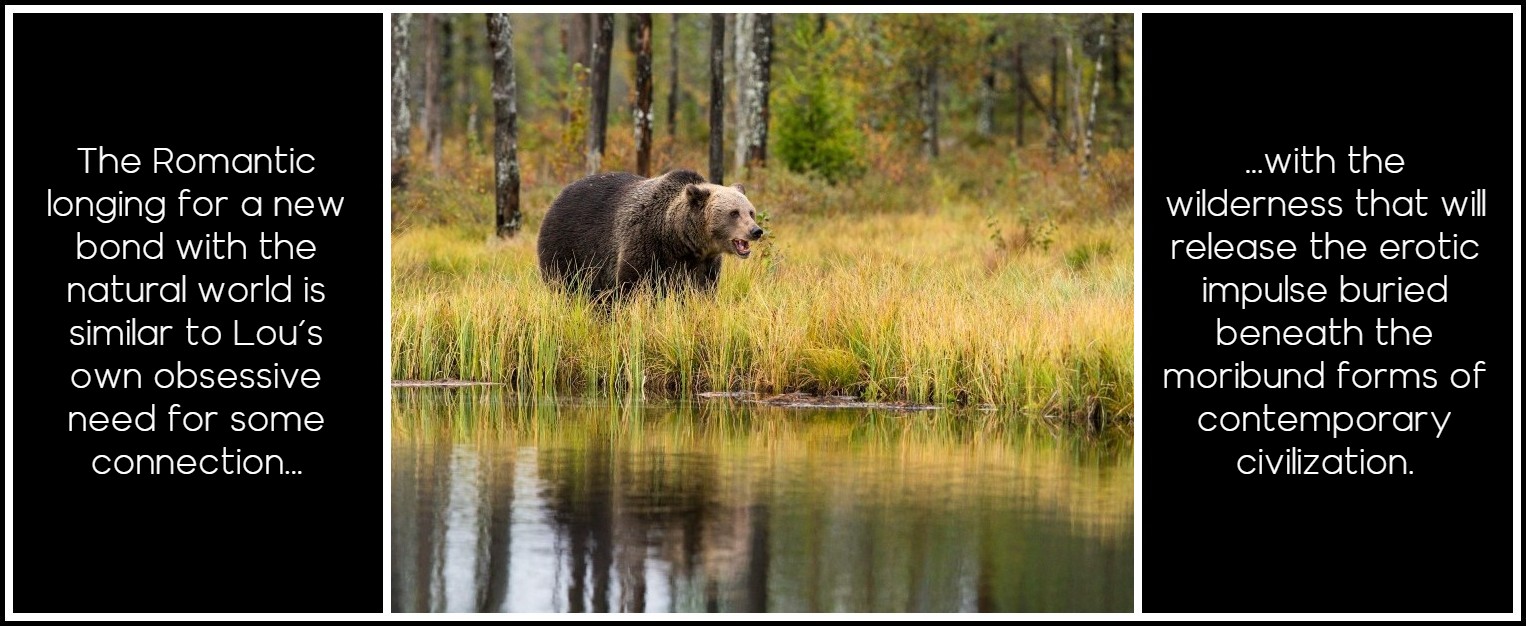
Photo: Zdenek Machacek, Unsplash
Yet Engel is aware of the vast distance in chronology and sensibility between Cary’s time and Lou’s. She updates her treatment of primitivism by bringing into shocking confrontation both the sacramental world view central to the idea of the Canadian wilderness myth and her protagonist’s very real violation of a taboo central to its observance. Her unusual strategy involves mixing two opposed fictional modes, romance and realism. Just as Lou is being initiated into a harmonious situation in the romantic world of primitivist myth, the process of accommodation is reversed by allowing the debased values of the real world to obtrude on the idyll. The sacramental aspects of the primitivist myth are realized through four basic modes of ordering experience that are radically unlike Lou’s ‘methodical’ and ‘rational’ occupational habits of mind: animism, natural piety, ritual, and the subjective experience of time. These anti-rational modes work allusively through the narrative to challenge, and eventually to subvert, the rational mode. Immediately upon arriving on the island, Lou senses that she is entering a process of psychic rebirth: I have an odd sense of being reborn. Engel establishes Lou’s developing relation to the natural world by investing in her perceptions of natural phenomena an animistic spirit, which is accompanied by feelings of natural piety. Her descriptions of landscape, weather, inanimate objects—and particularly, the effect on them of light—hint at the way the wilderness and the bear will serve as Lou’s bridge into the anti-rational. One of the many textual examples will suffice to illustrate this: The world was furred with the late spring snow packing snow already falling in caterpillars off the greening branches. She stood outside, listening. Small birds cheeped. The river sucked at reeds and stones. Branches cracked, rubbed against each other. Bird-feet rustled in dry leaves. She found a break in the brush, and entered the forest solemnly, as if she were trespassing in a foreign church.
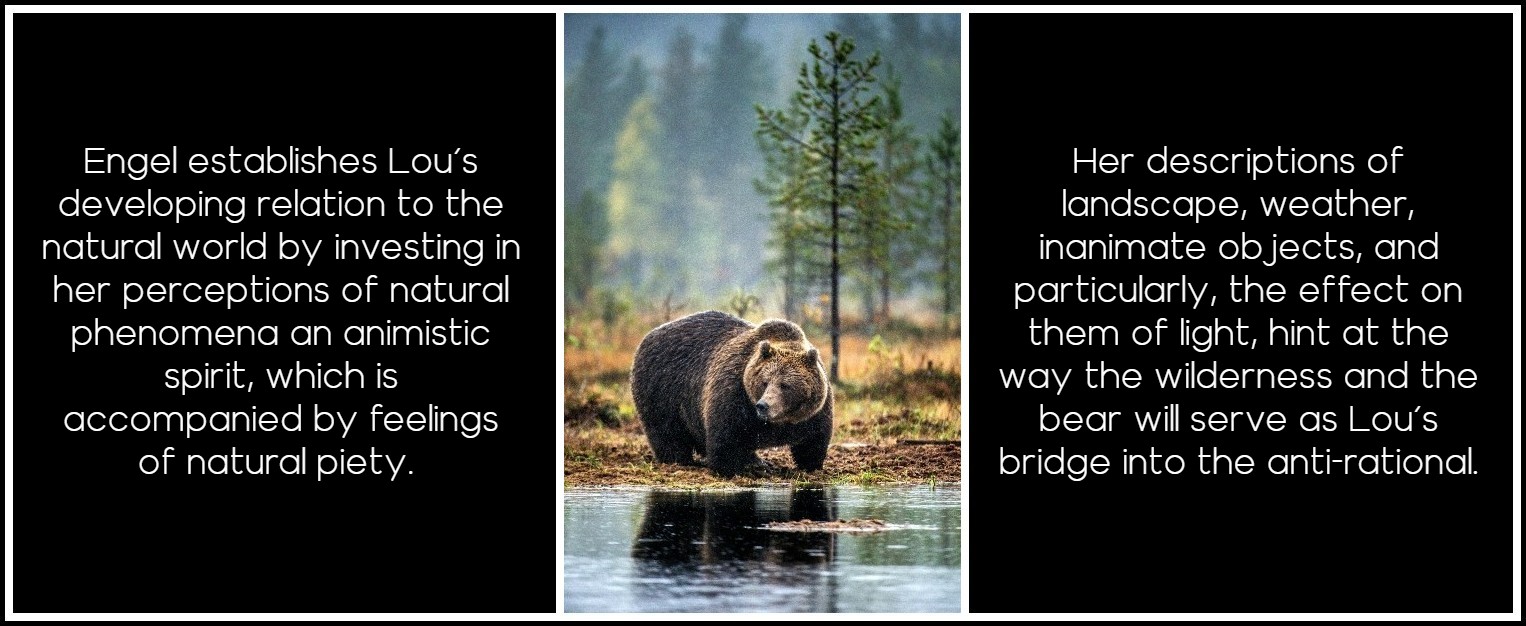
Photo: Getty Images for Unsplash
The third manifestation of primitivism [after animism and natural piety], the investment of commonplace events with a ritualistic texture, relates to Lou’s relationship with the bear. In primitive mythology, the bear lends itself to totemic uses; these are repeatedly alluded to in the series of notes about bears Lou discovers in Cary’s books. Primitive man appealed to the animistic powers present in the totem through propitiatory observances. Lou is instructed in the proper ritualistic conduct towards the bear in an earthy, pragmatic manner under the spiritual aegis of his former keeper, an old Indian woman, who advises her: Shit with the bear. Morning, you shit, he shit. Bear lives by smell.
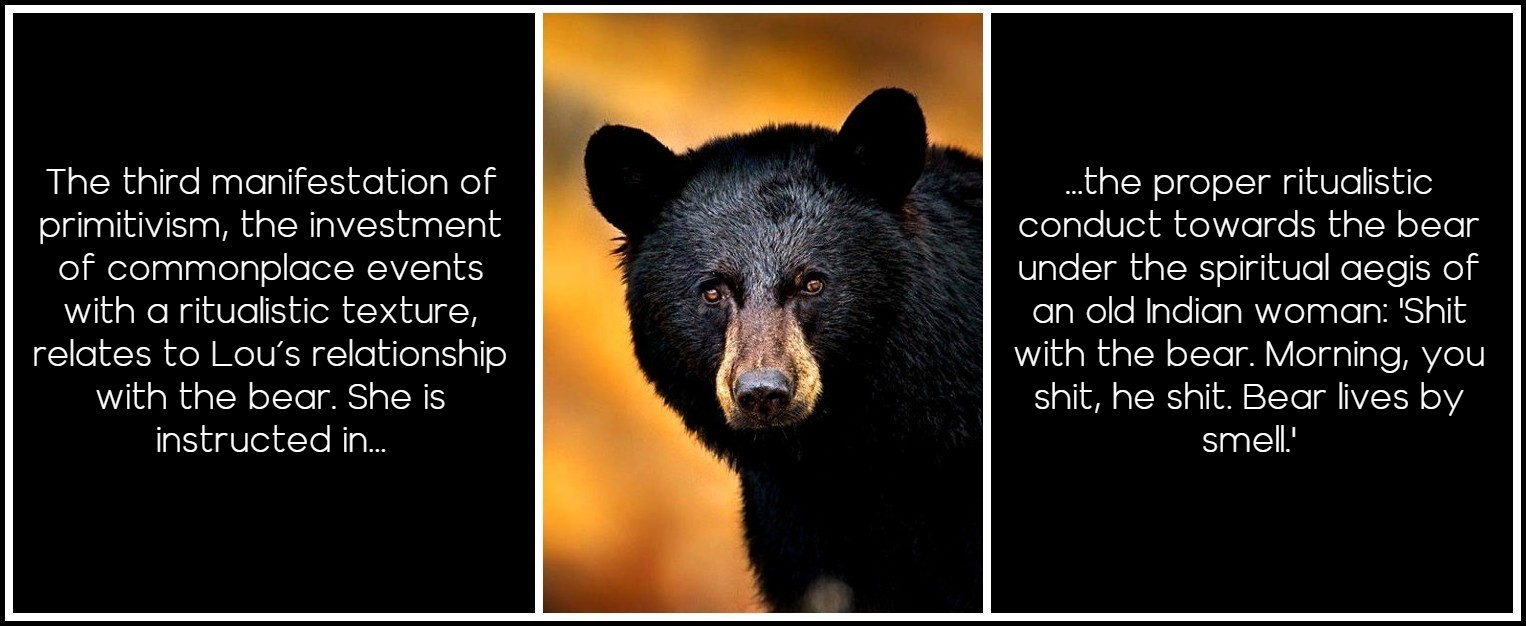
North American Black Bear
The fourth primitivist feature is the subjective apprehension of time. The primitivist consciousness is alert to those natural periodicities, such as seasonal change, that rhythmically undercut linear time. Before Lou’s real initiation into the wilderness has begun, daily events are recounted in brief narrative units that ‘calendar’ their linear progression. The novelist’s handling of time then changes to signal the beginning of Lou’s relationship with the bear (dramatized in the shitting ritual) to reflect the anti-clock experience. Chapter 8, for example, takes the reader through an indefinite succession of days and nights during which the date and time of day remain unspecified. As the new relationship intensifies, Lou’s work schedule is correspondingly undermined: the bibliographical temper gives way to the libidinal. The events of several days are tersely summarized, while episodes of brief duration that foreshadow some larger revelation (or orgasm) are expanded. Engel’s use of verb tense reinforces this alternately telescopic/expansive handling of time. She consistently exploits the simple past tense to cover both habitual actions that are repeated over an extended period of time and the experience of a few unique moments. This device has the ambiguous effect of blurring one’s fixed sense of what transpires; the objective differentiations of time and space (the metronomic regularity of the rational mode) is subverted by the intuitive rhythms of the ‘high, whistling communion’ that binds Lou and the bear.
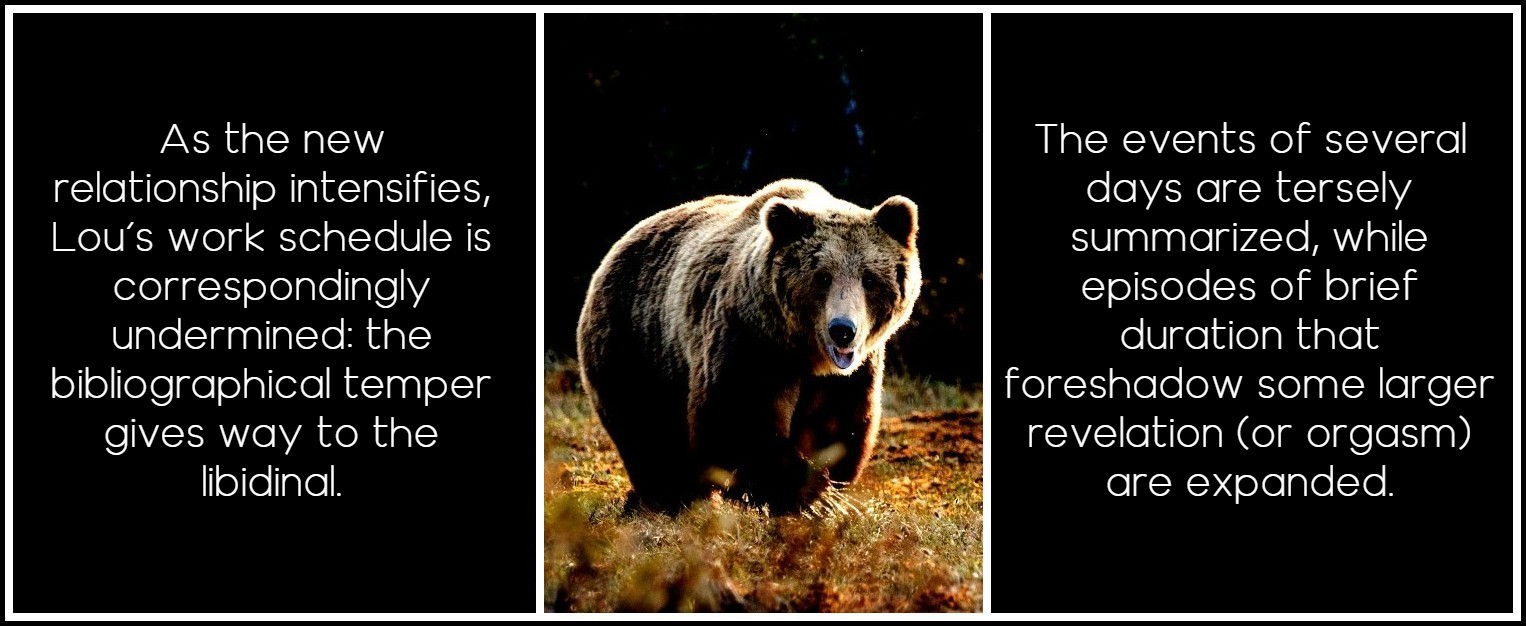
Photo: Zdenek Machacek, Unsplash
The symbolic elements pertaining to the primitivist myth are strongly present in the story; however, they coexist with Lou’s lived, naturalistically depicted experience of the wilderness and the bear. However accurate the commentators’ descriptions of Bear as archetype, allegory, romance, emblem, fable, pastoral, parable, or folk tale, these descriptions are partial: Scott Symons rightly drew attention to its erotic dimension. Bear clearly has his symbolic meanings, and his story its ancient narrative roots, but he has a tangible anatomy and sexuality as well: She cradled his big, furry, asymmetrical balls in her hands, she played with them, slipping them gently inside their cases as he licked. His prick did not come out of its long cartilaginous sheath. If Lou’s relationship with him is to function as an index both of moral stature and of the degree to which her goal of reconciling wilderness and society is attainable, then the naturalistic level must be given full play. On the level of purification rite, her relationship symbolizes only her communion of being apart from society. Together they exist in a state of suspension; she still must make the transition back into the ‘real’ world that will allow the growth of moral responsibility.
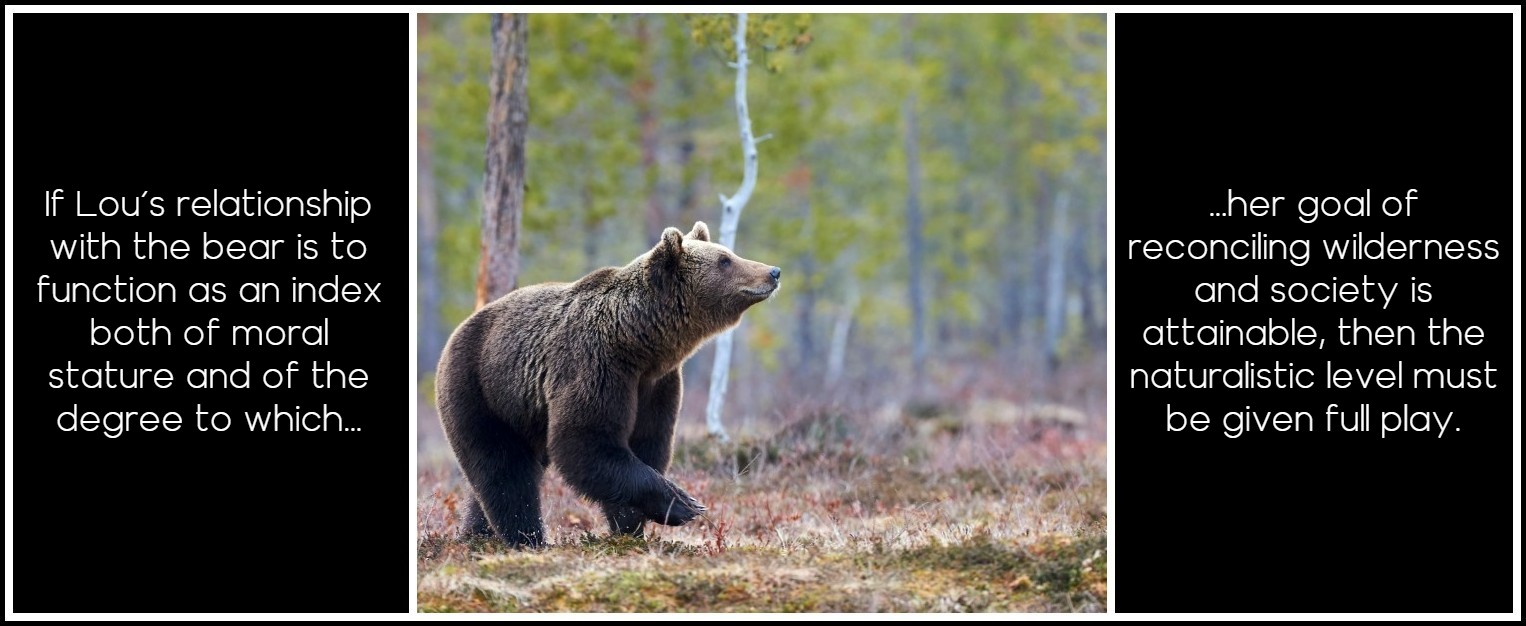
Photo: Getty Images for Unsplash
Engel wants to make it very clear that the problems of contemporary civilization are immeasurably more complex than those of any purely mythic wilderness. She refuses Wordsworth-style pristine epiphanies in the head: these moments of communion are orgasmic too. The intrusion of naturalistic elements into the myth forces a moral valuation of the act of bestiality. In dramatizing the primitivist alternative to the life-denying society Lou is escaping from, Engel also judges the terms in which the dramatization is enacted. Lou’s eventual failure to observe the integrity of the bear’s fundamental otherness represents something far more serious than a mere breach of decorum or rejection of gentility. Bestiality is a taboo, not a hypocritical Puritan admonition on the order of strictures against premarital sex. As a taboo object, the bear is ‘holy’ in the sense that he brings Lou into communion with a state of innocence through her own partly instinctive, partly learned rapprochement with nature.
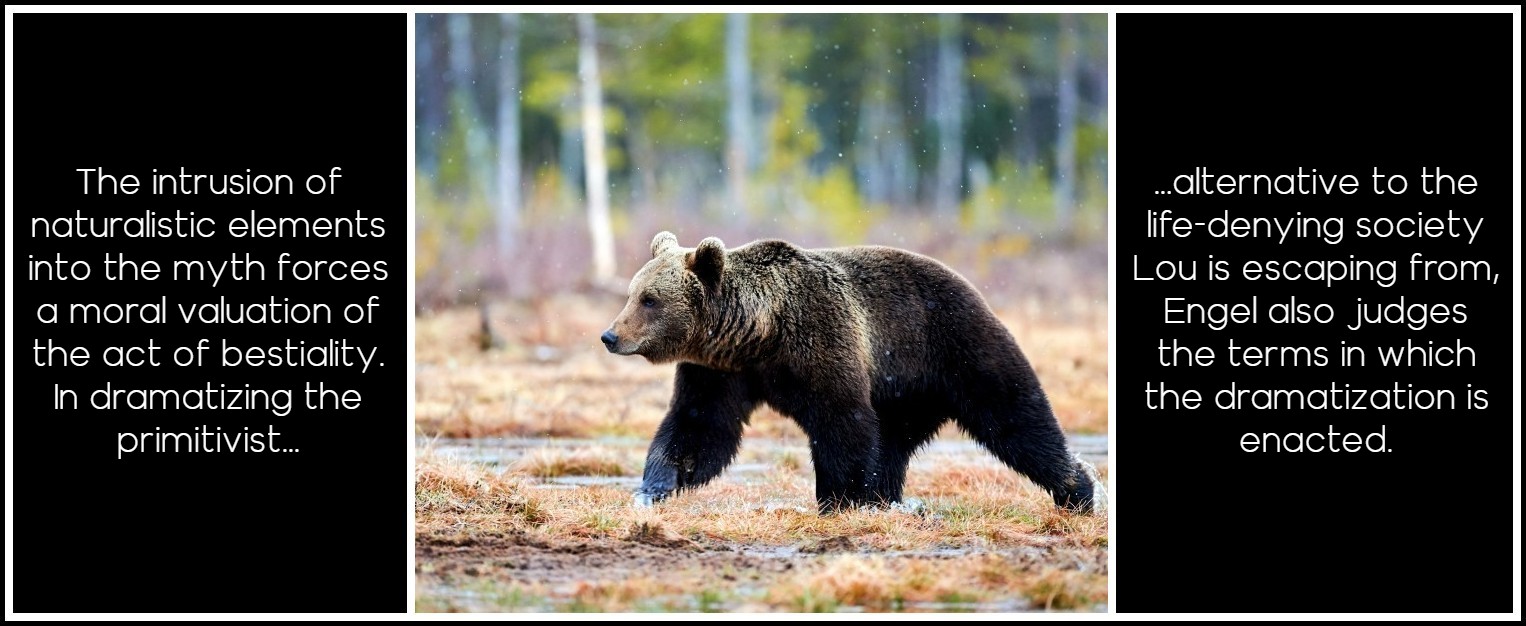
Photo: Getty Images for Unsplash
She fails, then, to observe moral propriety on the deepest level; her exercise of sexual domination betrays this reverential bond by shifting the natural order of the relationship in favour of her own emotional and sexual imperatives. She attempts to force on the bear the selfsame rape of selfhood previously inflicted on her by men—and she knows it: The next day she was restless, guilty. She had broken a taboo. She had changed something. The quality of her love was different now. She had gone too far with him. There was something aggressive in her that always went too far. She felt empty and angry, a woman who stank of bestiality. The novelist, fully capable of distinguishing between life and death, holds the moral evaluation in a tight ironic perspective. The reader is not being invited to approve of Lou’s action as a victory of female selfhood; on the contrary, it is an act conceived in extreme desperation, a measure of her tragic alienation from a human(e) community. That Engel managed to bring off this delicate balance between eros and agape is a triumph of writing skill.
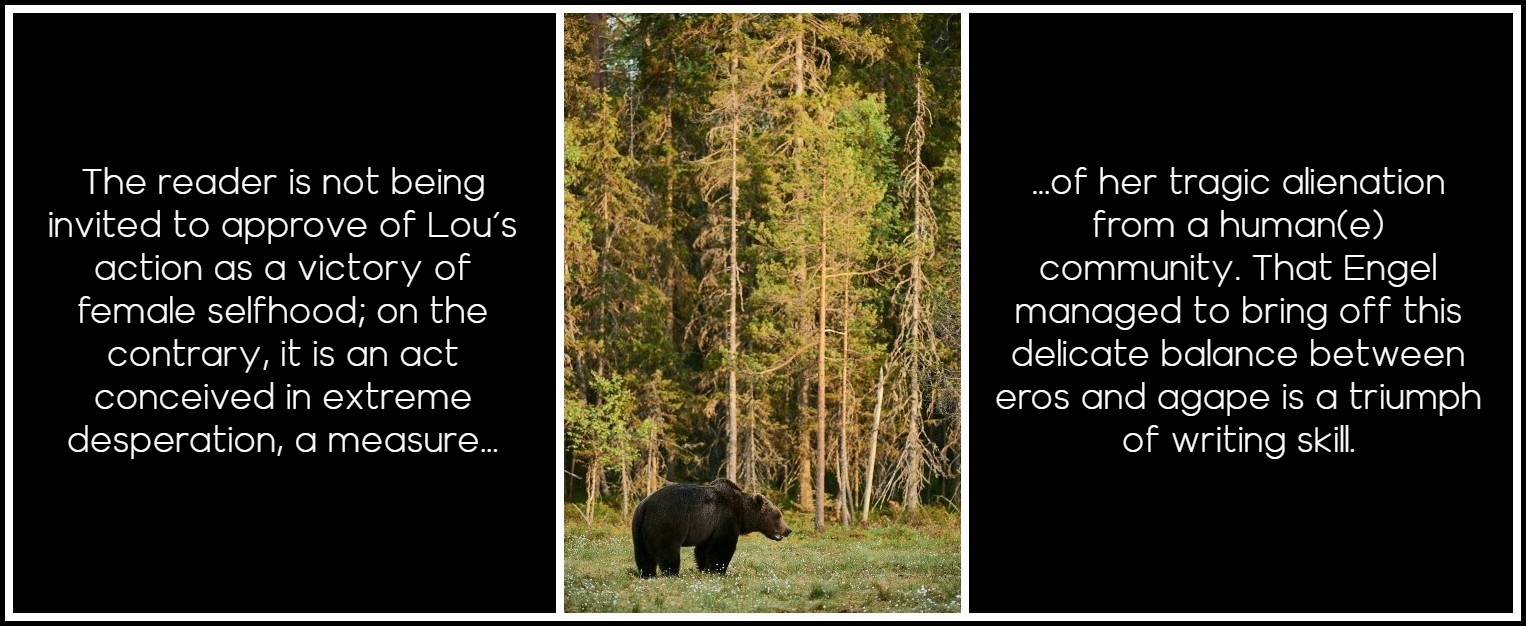
Photo: Getty Images for Unsplash
Lou’s inability at the end of the novel to fully articulate the precise meanings of her encounter with the totemic bear is not an evasion on the novelist’s part: to relocate her newly acquired, supra-rational wisdom on any explicit level of discourse would dissipate its meanings. However, Engel’s hasty tidying-up of her heroine’s quest for the Canadian identity is unsatisfactory; like Lou, she appears to have lost interest in the pedagogical pursuit. Whatever meaning the New World may have held for the Carys is abruptly dispensed with: They didn’t know much, people like the Carys. They were tourists, a family who did not want to be common clay, who feared more than anything being lost to history. The English wives had proclaimed their aristocracy among these Indian summer islands. Engel’s reversion here to the crude oversimplifications of class analysis diminishes the power of her thematic statement. Much good it did them, Lou thought, perishing in the wilderness. Our historical memory of the ‘death-in-the-wilderness’ reality of early Canadian settlement merits, at least, compassionate respect.
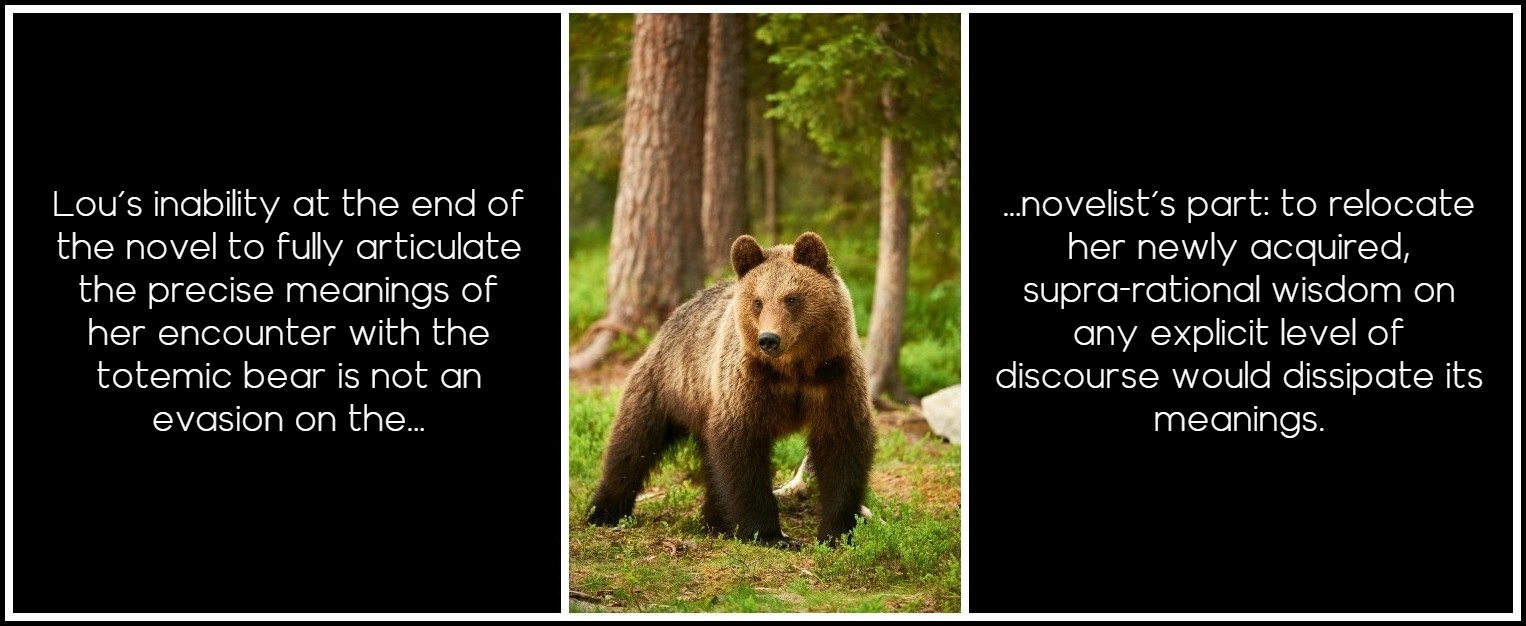
Photo: Getty Images for Unsplash
One final issue, concerned with style, rises from the critics’ debate about Bear. Even most of its detractors praised the ‘lyrically simple,’ ‘strong, spare’ style. Scott Symons, however, interprets the ‘stiltedness’ of style as symptomatic of the novel’s overall ruinous ‘pretentiousness’: This ‘extrinsicness’ of decor and detail is more than just minor. It invades the entire prose style, as a predicate of being (or of non-being!). Because when Ms. Engel’s prose leaves the ‘See John run. See Mary run.’ category (Ontario Methodist school primer literacy), of which ‘Bear. There. Staring’ is only a small example, then it becomes a kind of concerted poeticness, a few considered lines of nature-poesy. These are often quite attractive in themselves, but paste-ons so far as the book is concerned as a whole. Apart from indulging in the obvious rhetorical ploy of ‘proving’ his accusation by adducing as textual evidence a three-word extract, Symons betrays his insensitivity to the novelist’s selection of a style perfectly adapted to her subject matter and form: a deliberately simple, direct syntax; a diction marked by clarity, precise denotation, and avoidance of euphemism; a natural, colloquial tone of voice unencumbered by decoration and pomposity; in short, a virtually ‘transparent’ style that never obtrudes on the narration by drawing attention to itself. Taken in isolation, Engel’s effects run the risk of sounding as lifelessly prosaic as ‘primer style’ because their imaginative force is cumulative.
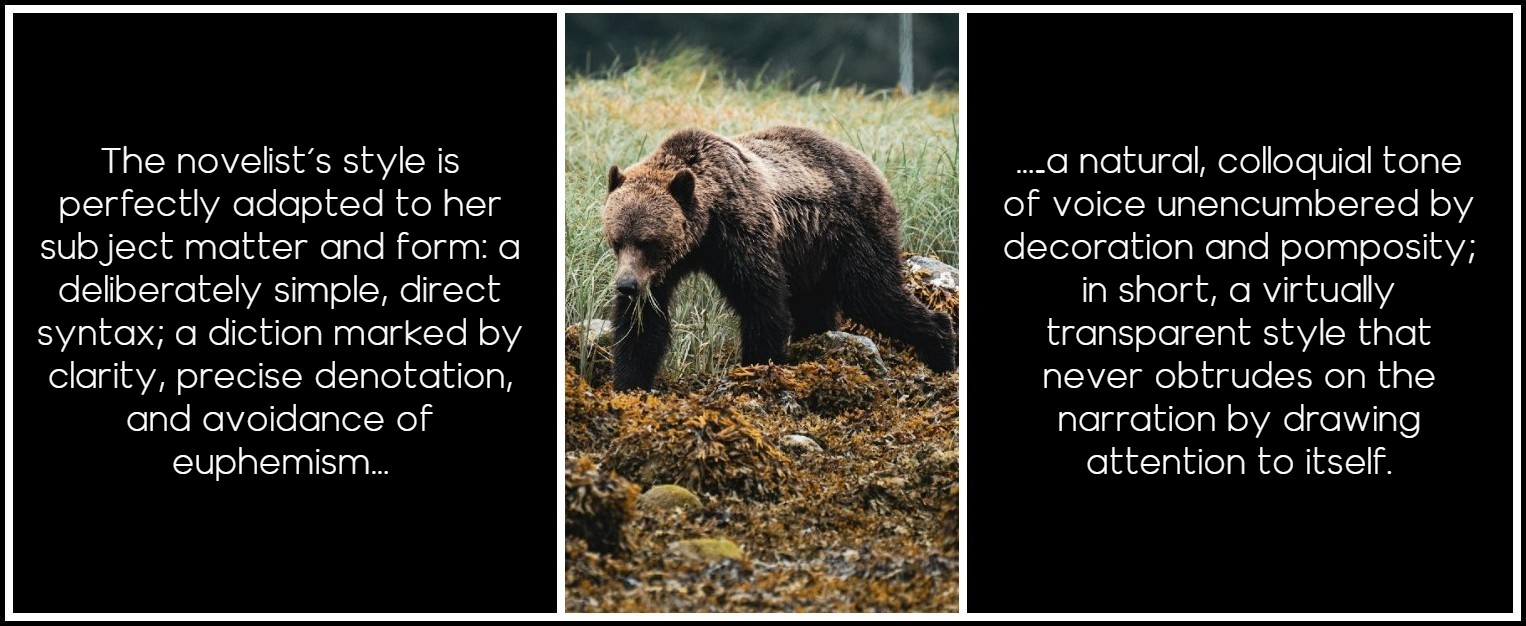
Photo: Karl Paul Baldacchino, Unsplash
I suggest the reader’s attentive examination of the ‘night of the falling stars’ passage that begins: Out on the river, water-skiers buzzed like giant dragonflies; and concludes: Towards dawn, the sky produced its distant, mysterious green flickering aurora. This beautiful and characteristic passage gives persuasive authority to those critics, like myself, who admire Engel’s great strengths as a stylist. There is no pretentious stylistic inflation in these sentences. The words are simple and precise; none are needless; they deviate from their concrete referents only to allude briefly to the mythic abstractions (the ‘twin heroes’ in the ‘brightness’ of the galaxy) that inform the experience. Action verbs predominate, cast into the simple preterit tense. There is very little variation of sentence structure; the symmetry of the short sentences is controlled by their simple construction (generally speaking, one main clause). The rhetorical devices are few, but effective: simile, hyperbole, inversion, antithesis, repetition, and anticlimax. The three-stage spatial movement in the passage—from riverbank and upstairs library to riverbank, and then to bear’s enclosure—gives a videolike effect of ‘still’/’scene’/’still.’ This varying rhythm has its temporal counterpart in the fast/slow/fast pacing of the narrative: the passage of time prior to the lovemaking is telescoped, then the brief moment of communion expands into timelessness, which is abruptly broken when Lou violates the taboo. Finally, when set in the context of the entire novel, the passage sounds resonant textual reverberations that culminate in Bear’s final sentence: It was a brilliant night, all star-shine, and overhead the Great Bear and his thirty-seven thousand virgins kept her company.
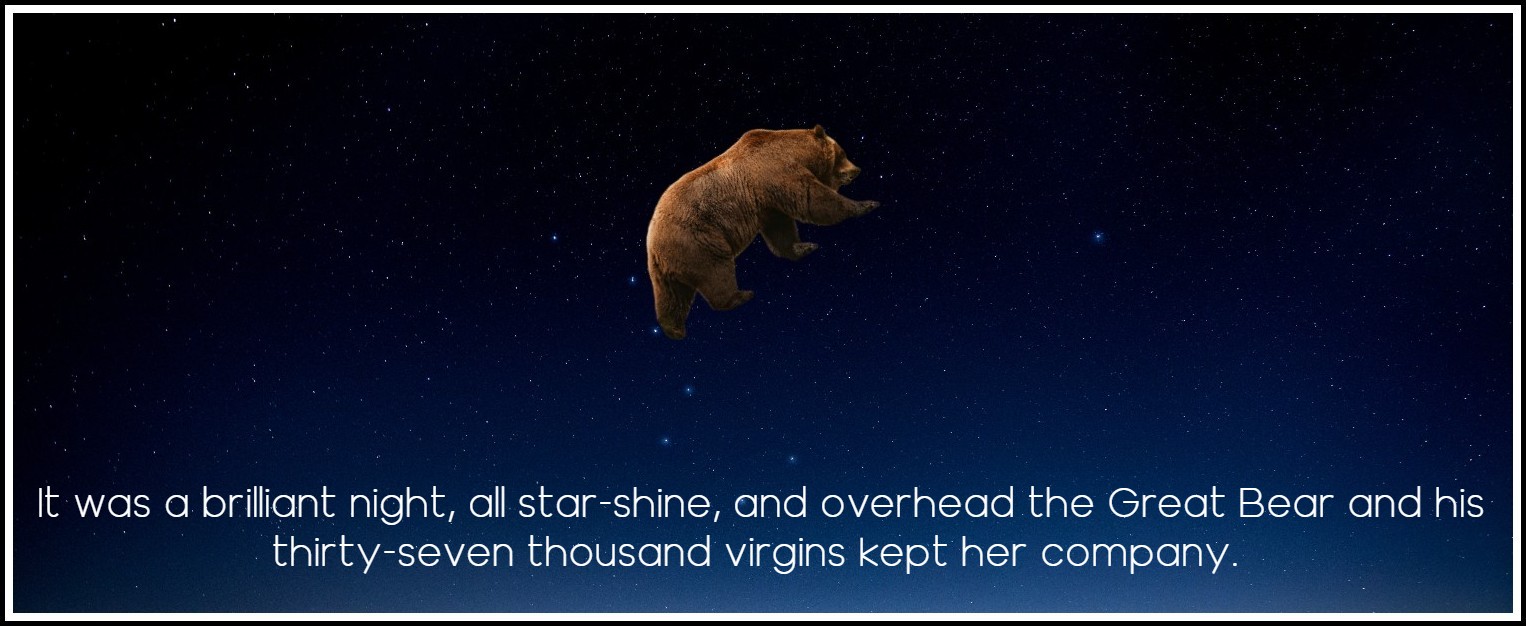
Photo: Space dot com
MARA, MARIETTA: A LOVE STORY IN 77 BEDROOMS – READ THE FIRST CHAPTER
A literary novel by Richard Jonathan
RICHARD JONATHAN, ‘MARA, MARIETTA: A LOVE STORY IN 77 BEDROOMS’ — READ THE FIRST CHAPTER
AMAZON & APPLE BOOKS
RICHARD JONATHAN, ‘MARA, MARIETTA: A LOVE STORY IN 77 BEDROOMS’ | AMAZON PAPERBACK OR KINDLE
RICHARD JONATHAN, ‘MARA, MARIETTA: A LOVE STORY IN 77 BEDROOMS’ | APPLE iBOOK
MARA, MARIETTA: A LOVE STORY IN 77 BEDROOMS
A literary novel by Richard Jonathan
RELATED POSTS IN THE MARA MARIETTA CULTURE BLOG
CLICK ON THE IMAGE TO GO TO THE PAGE
By Richard Jonathan | © Mara Marietta Culture Blog, 2025 | All rights reserved
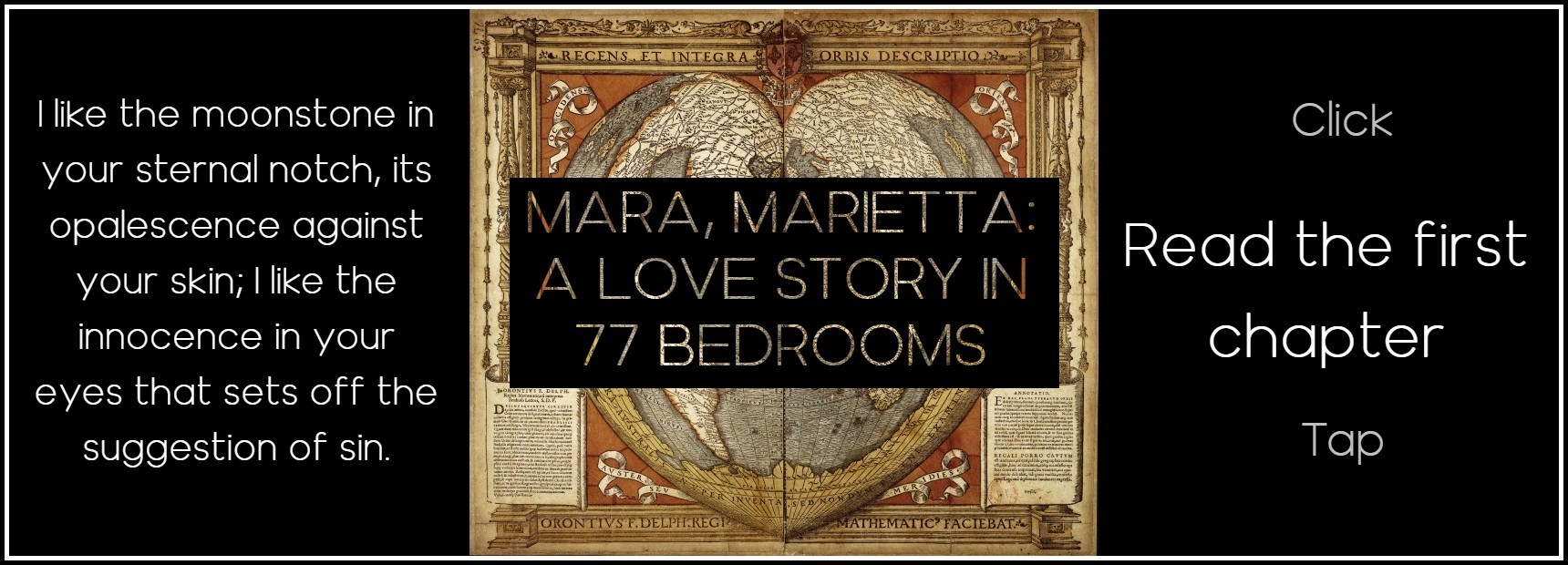
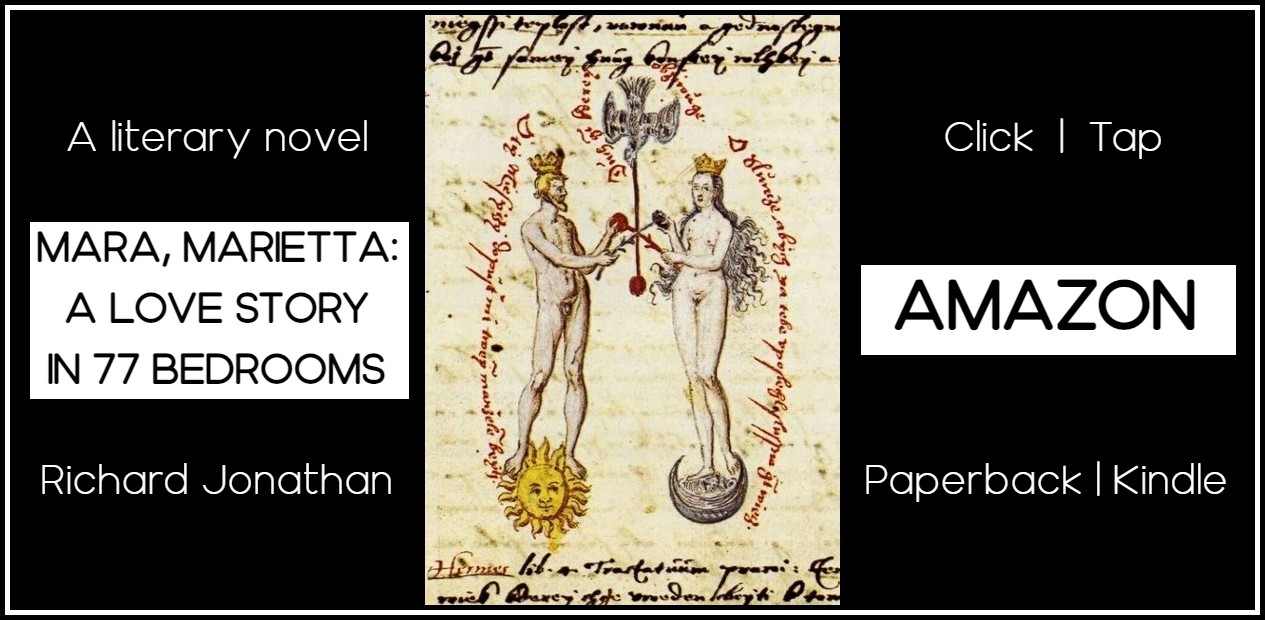
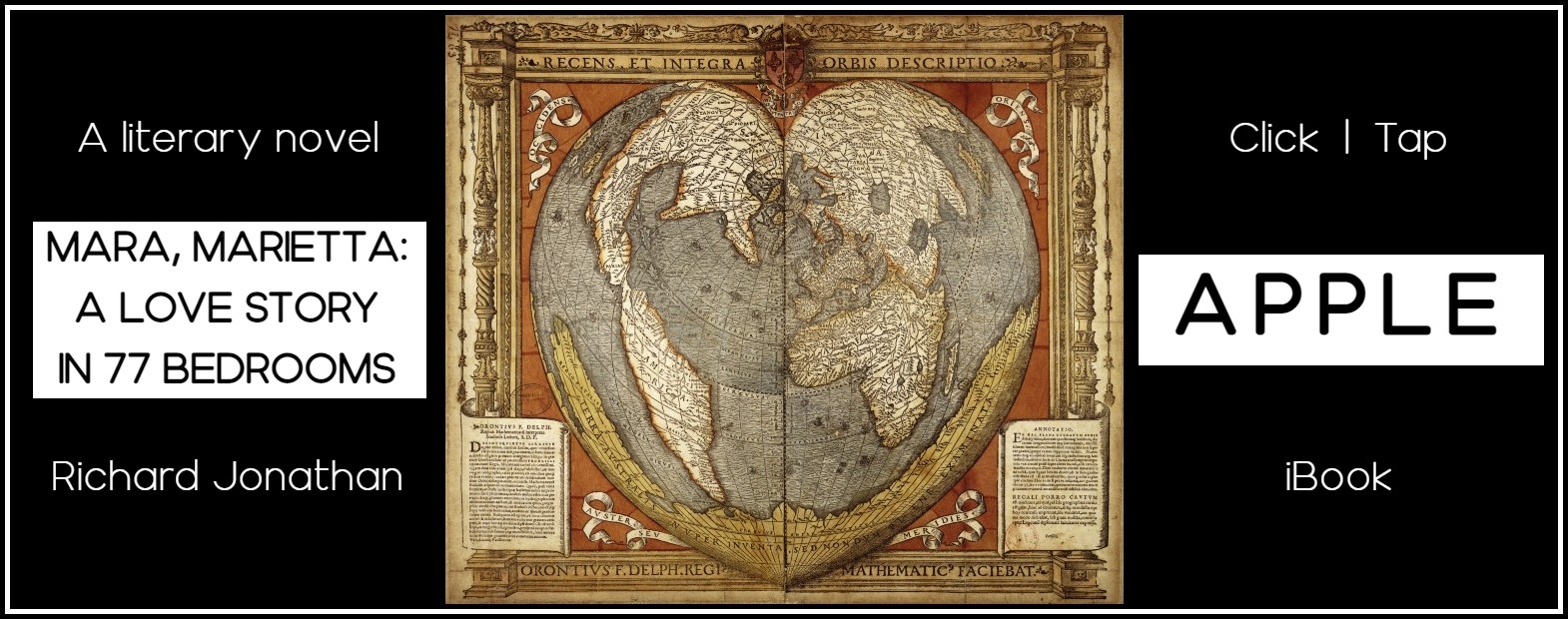

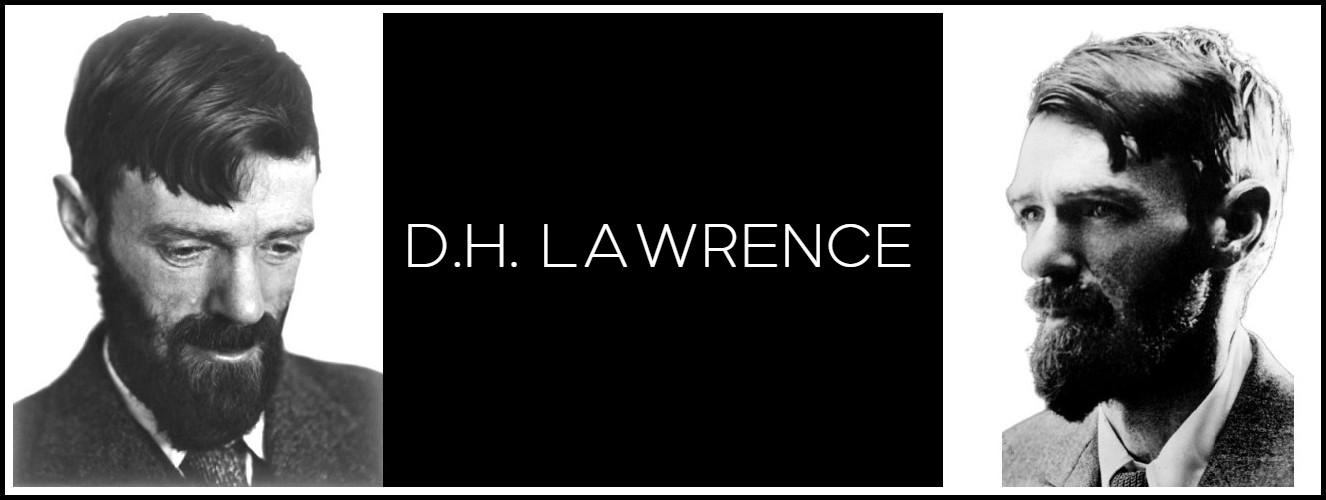
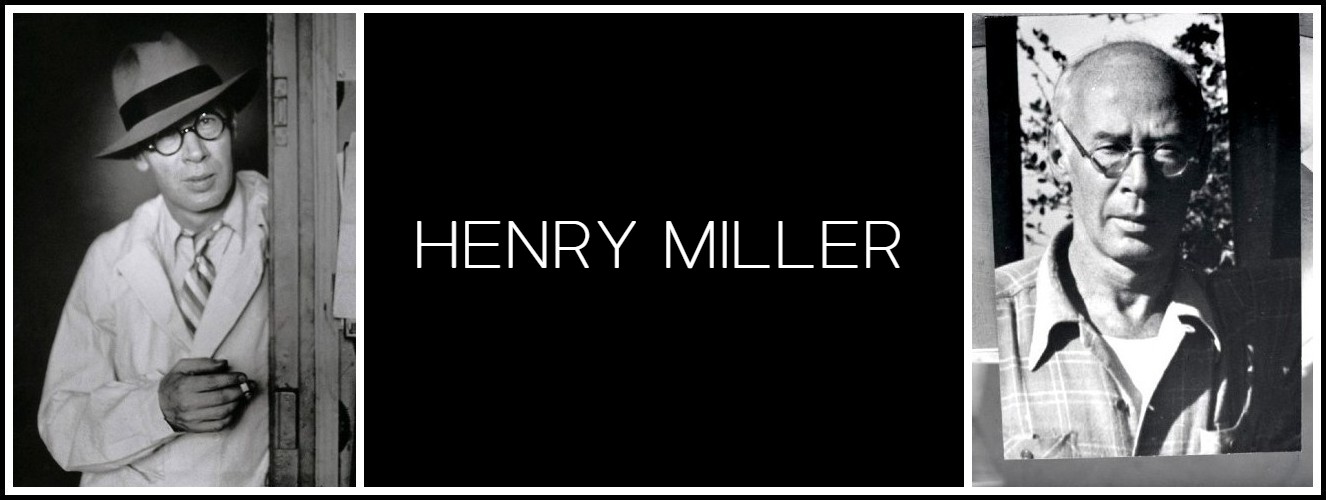
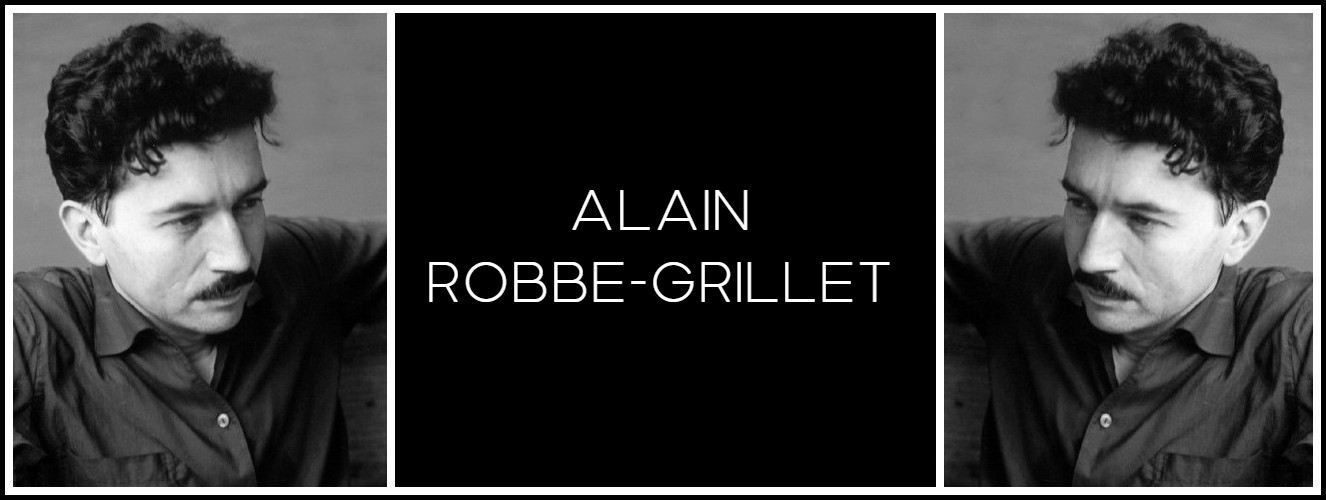
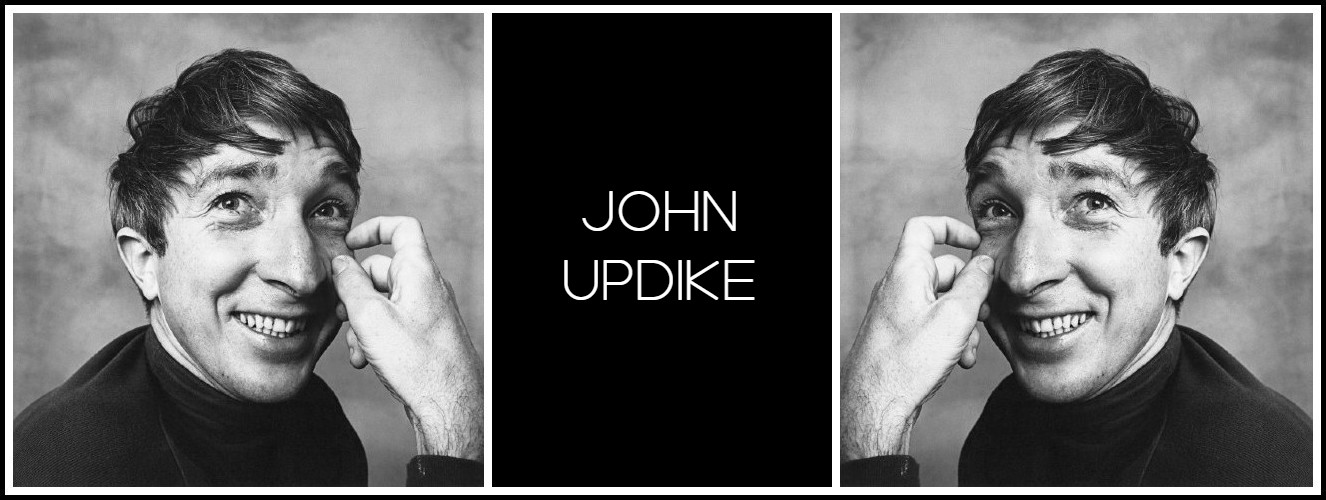
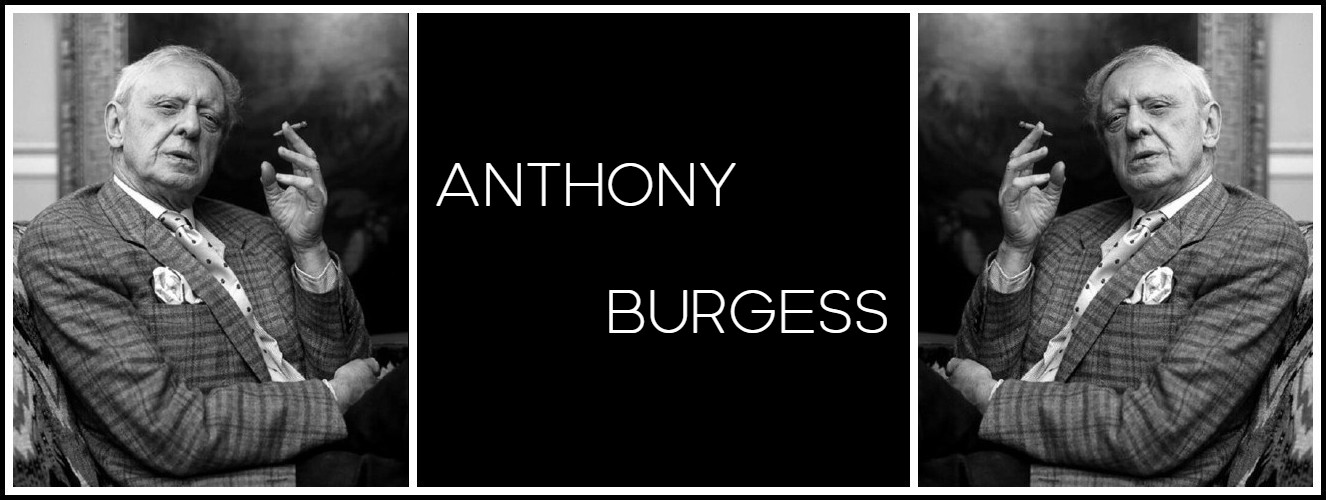
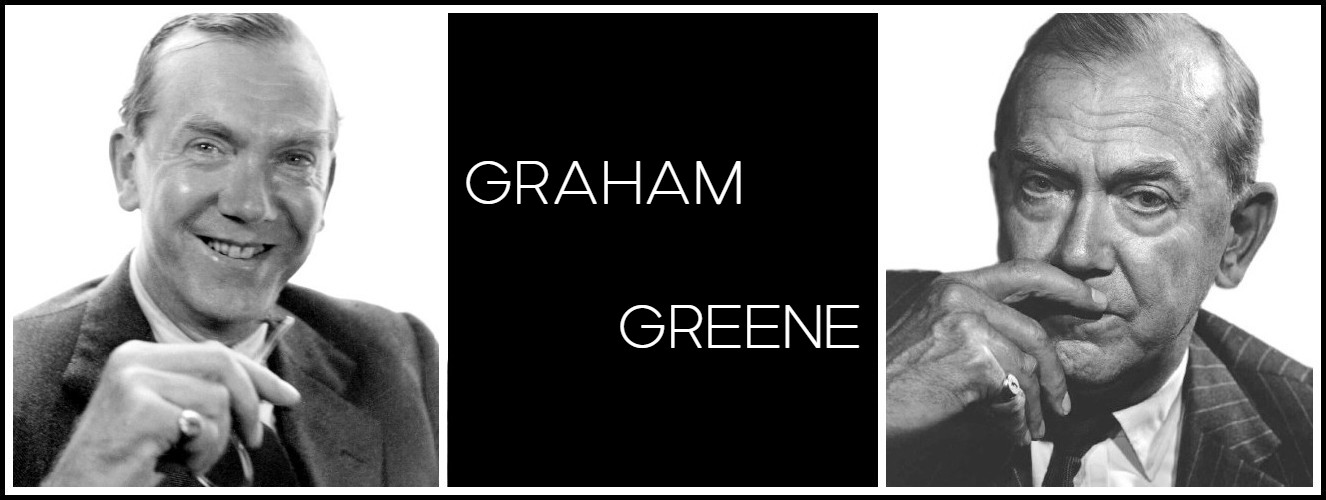
Comments